Love the animals, love the plants, love everything. If you love everything, you will perceive the divine mystery in things. Once you perceive it, you will begin to comprehend it better everyday. And you will come to love the whole world with an all-embracing love. -Fyodor Dostoyevsky
I recently posted lots of amazing facts about our wonderful but endangered FROGS (See “Protecting the Prince”), but… April 25 is Save the Frogs DAY.

A Green frog enjoys the pond at the Atlanta Botanical Gardens
Frogs are amphibians, a word which comes from the Greek meaning “both lives” — they live in the worlds of water and land. Frogs continue to be seen as an indicator species, providing scientists with valuable insight into how an ecosystem is functioning. Because they are both predators and prey, many animals are affected by them — giving further insight into the health of an ecosystem. There are over 6,000 species of frogs worldwide, and scientists continue to search for new ones….
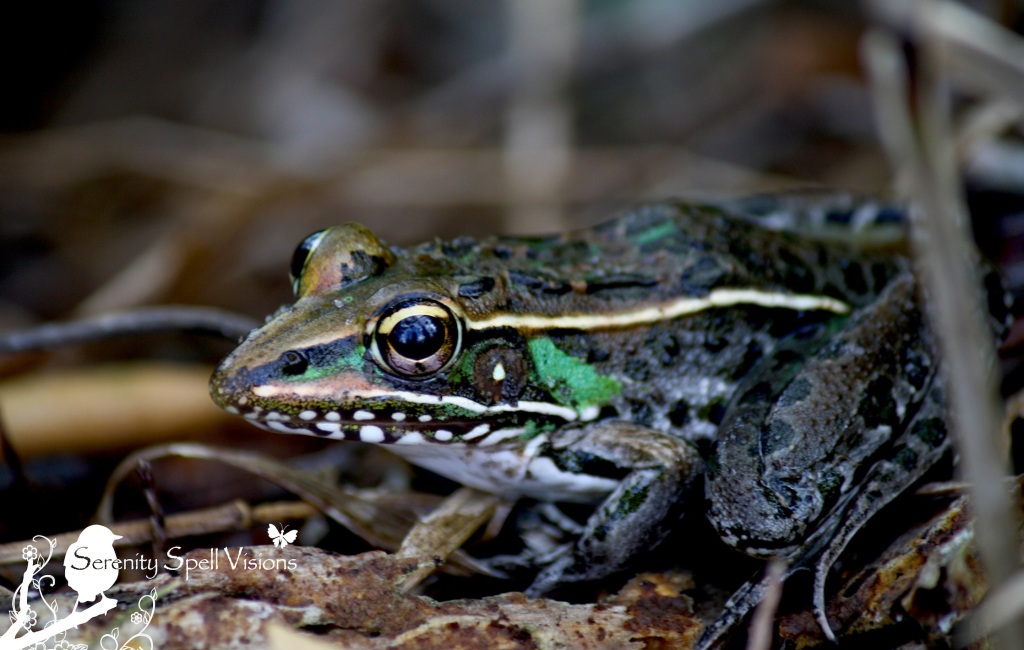
A bright and lovely cricket frog in the Everglades
Unfortunately, about 120 amphibian species, including frogs, toads and salamanders, have disappeared since 1980. Historically, one species of amphibian would disappear every 250 years — a powerful case for conserving and nurturing their (and our) environments. Our adorable Southern green tree frogs took up residence in unused birdhouses, and I happily accommodated them by adding more shelters (and of course, never using pesticides) — anything to help their dwindling populations. There’s so much we can do to help these amazing creatures — limit pesticide use (ban it!), and provide safe spaces for them to live and thrive.
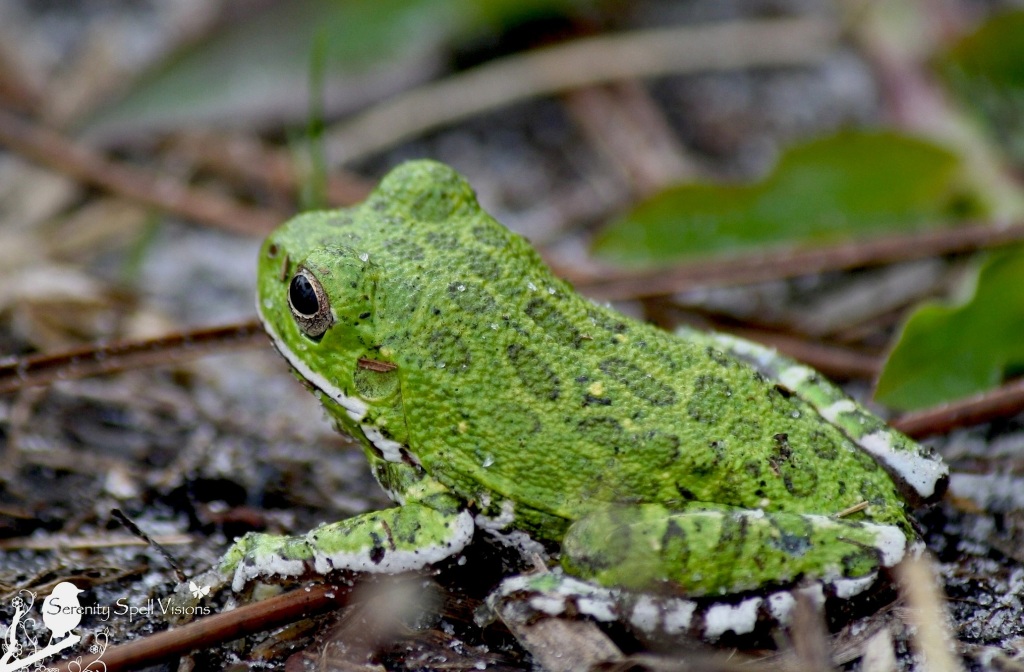
A tiny barking tree frog in Jonathan Dickinson State Park

A wonderful vintage Larkin Advertising Card, featuring Mr. Frog
Frogs have fascinated humans for millennia, and are ancient symbols and totems of transformation. From the wonderful Ted Andrews and his iconic ANIMAL-SPEAK:

Moonlight Bouquets, by the incomparable Margaret Clark
The frog is our most recognizable amphibian…. Frogs have an ancient mythology about them. Being amphibians with links to the water and the land, they are often associated with the magic of both elements. This also links them to the lore of fairies and elves. Many shamanic societies — especially North and South American — link the frog with rain and control of the weather. Its voice is said to call forth the rains.
Because of its connection to water, it is also linked to lunar energies (the moon moves the tides of waters upon the planet) and those goddesses associated with the moon. The frog was an animal attributed to the Egyptian goddess Herit, who assisted Isis in her ritual for resurrecting Osiris.

Upper section of totem pole featuring the Killer Whale and Frog — Courtesy Museum Victoria, Australia
Frogs have been known to be heralds of abundance and fertility, especially since in their polliwog stage they resemble the male spermatozoa. This is also due to the fact that after rains, a greater number of frogs come up to dry land and feed on insects and worms who have come out of the rain-soaked land. It is also associated with fertility, for rain makes things grow.
Even as adults, frogs remain semi-aquatic. They live in damp areas. They need water and all that is associated with it symbolically or otherwise/ If frog has hopped into your life, you may need to get in touch with the water element. It may reflect that there are new rains coming or that you need to call some new rains forth. Maybe the old waters are becoming dirty and stagnant. Frog can teach you how to clean them up.
Emotions are often associated with water. Individuals with frog totems are very sensitive to the emotional stats of others, and seem to know instinctively how to act and what to say. They know how to be sincerely sympathetic.

Detail of a frog symbol on a totem pole at the Vancouver Airport, B.C. (Credit: MCArnott)
Frog holds the knowledge of weather and how to control it. Frog medicine can bring rains for every purpose — to cleanse, to heal, to help things grow, to flood, to stir. Its energies can be used to bring light showers or downpours for most any purpose….
The frog is a totem of metamorphosis. It is a symbol of coming into one’s own creative power. It changes from an egg, to a polliwog, to a frog. Even after it becomes a frog, it lives close to and spends much time in the water. It always has contact with the creative force out of which it came. Usually frog people have strong ties to their own mothers.
This connection to water should also serve as a reminder to those with this totem. Are you becoming too mundane? Are you becoming mired in the mud of your day-to-day life? Are you needing to dive into some fresh creative water? Are those around you? Are you feeling waterlogged, becoming too bogged down, or drowning in emotions?
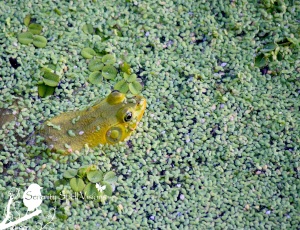
A frog blends with duckweed in the FLA wetlands
Frogs are tuned keenly to sound. Over each ear canal is a round membrane, a tympanic organ — which enables them to recognize and respond to certain sounds and their locations. Science has known for a long time that water is one of the bet conductors of sound. This sensitivity to sound should be developed by frog people. Their taste in music will probably not run mainstream, but they can learn to use their voice to stir the emotions and to call for the rains or change the climatic conditions of their own lives.
For more info:
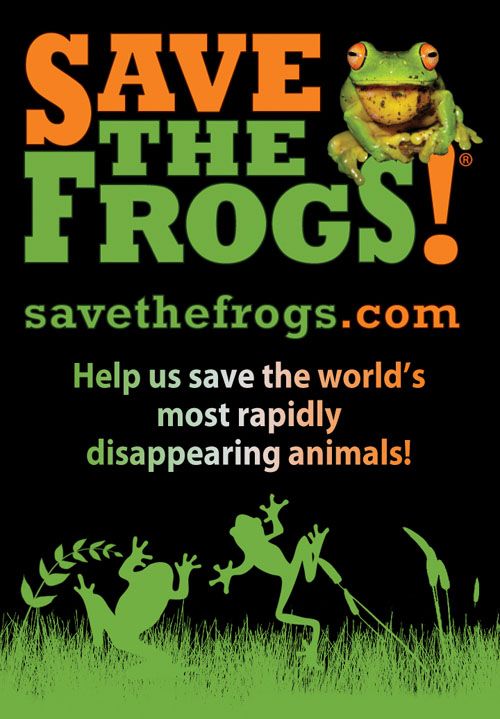
Save the Frogs!


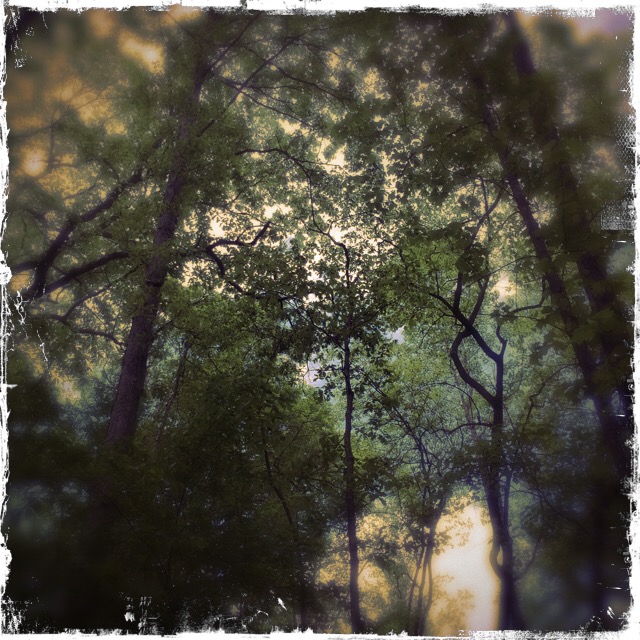
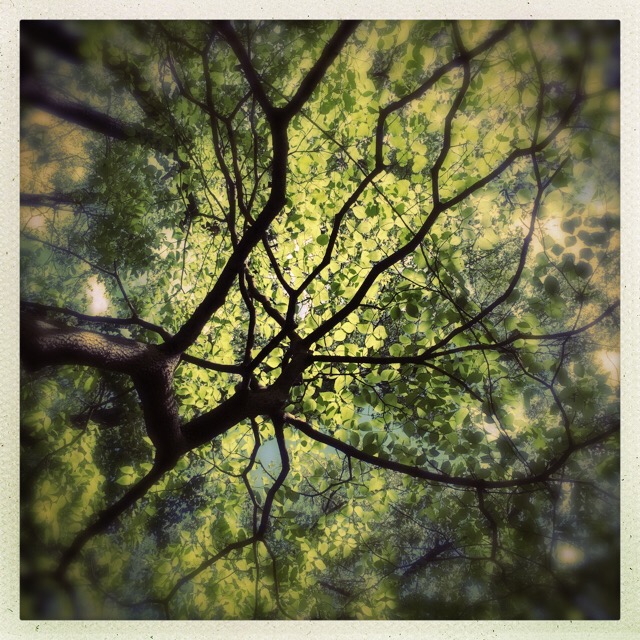
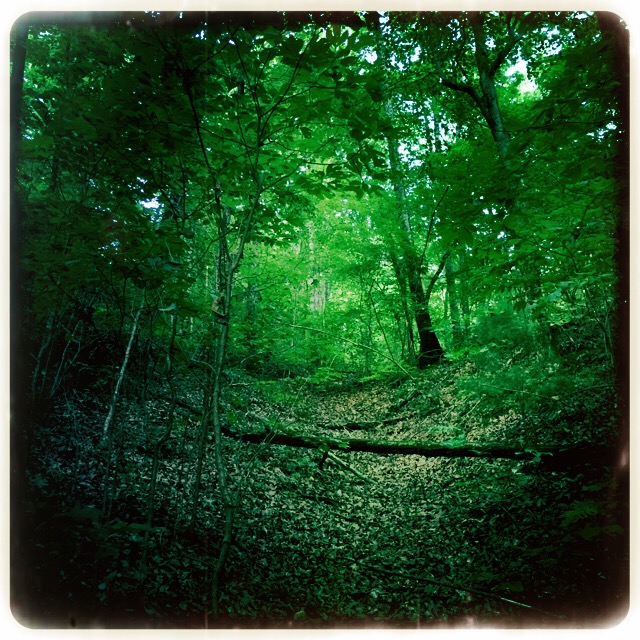
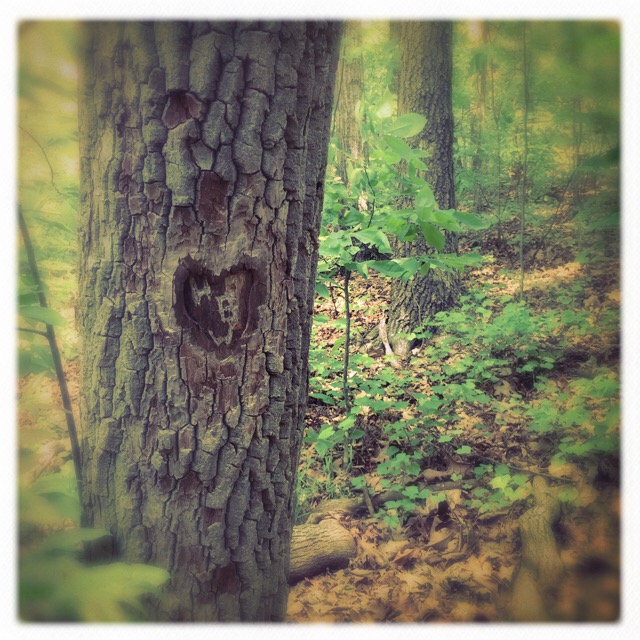
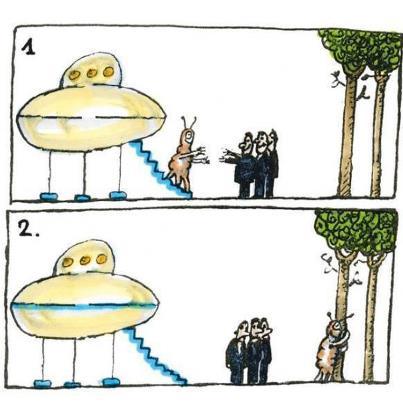












 THE FUTURE OF HUMANITY DEPENDS ON WETLANDS
THE FUTURE OF HUMANITY DEPENDS ON WETLANDS







